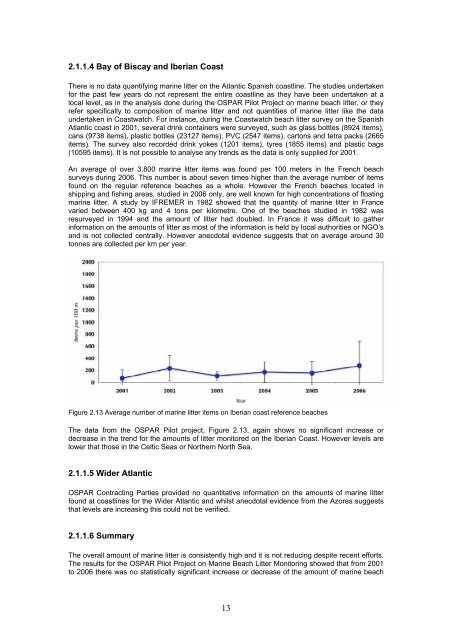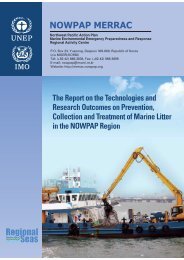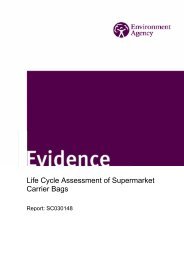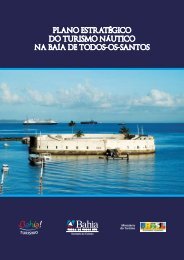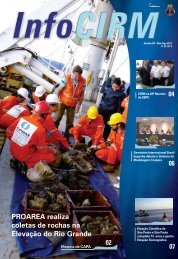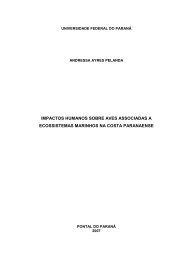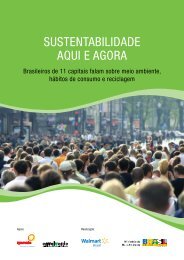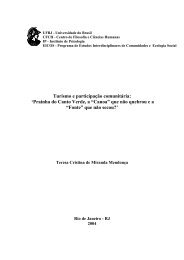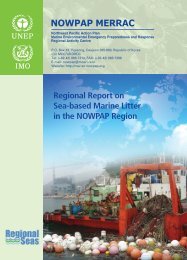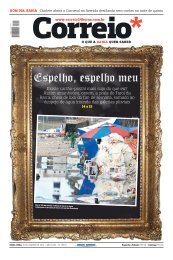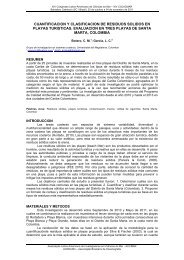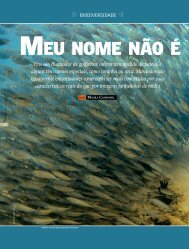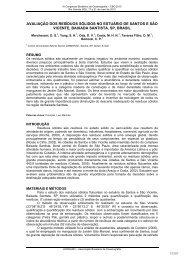view pdf - Seas At Risk
view pdf - Seas At Risk
view pdf - Seas At Risk
- No tags were found...
You also want an ePaper? Increase the reach of your titles
YUMPU automatically turns print PDFs into web optimized ePapers that Google loves.
2.1.1.4 Bay of Biscay and Iberian CoastThere is no data quantifying marine litter on the <strong>At</strong>lantic Spanish coastline. The studies undertakenfor the past few years do not represent the entire coastline as they have been undertaken at alocal level, as in the analysis done during the OSPAR Pilot Project on marine beach litter, or theyrefer specifically to composition of marine litter and not quantities of marine litter like the dataundertaken in Coastwatch. For instance, during the Coastwatch beach litter survey on the Spanish<strong>At</strong>lantic coast in 2001, several drink containers were surveyed, such as glass bottles (8924 items),cans (9738 items), plastic bottles (23127 items), PVC (2547 items), cartons and tetra packs (2665items). The survey also recorded drink yokes (1201 items), tyres (1855 items) and plastic bags(10595 items). It is not possible to analyse any trends as the data is only supplied for 2001.An average of over 3,800 marine litter items was found per 100 meters in the French beachsurveys during 2006. This number is about seven times higher than the average number of itemsfound on the regular reference beaches as a whole. However the French beaches located inshipping and fishing areas, studied in 2006 only, are well known for high concentrations of floatingmarine litter. A study by IFREMER in 1982 showed that the quantity of marine litter in Francevaried between 400 kg and 4 tons per kilometre. One of the beaches studied in 1982 wasresurveyed in 1994 and the amount of litter had doubled. In France it was difficult to gatherinformation on the amounts of litter as most of the information is held by local authorities or NGO’sand is not collected centrally. However anecdotal evidence suggests that on average around 30tonnes are collected per km per year.Figure 2.13 Average number of marine litter items on Iberian coast reference beachesThe data from the OSPAR Pilot project, Figure 2.13, again shows no significant increase ordecrease in the trend for the amounts of litter monitored on the Iberian Coast. However levels arelower that those in the Celtic <strong>Seas</strong> or Northern North Sea.2.1.1.5 Wider <strong>At</strong>lanticOSPAR Contracting Parties provided no quantitative information on the amounts of marine litterfound at coastlines for the Wider <strong>At</strong>lantic and whilst anecdotal evidence from the Azores suggeststhat levels are increasing this could not be verified.2.1.1.6 SummaryThe overall amount of marine litter is consistently high and it is not reducing despite recent efforts.The results for the OSPAR Pilot Project on Marine Beach Litter Monitoring showed that from 2001to 2006 there was no statistically significant increase or decrease of the amount of marine beach13


